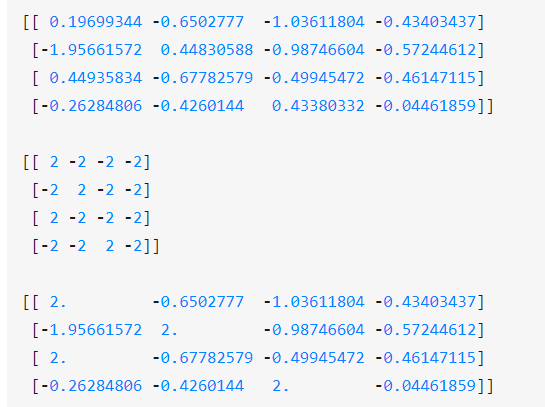pandas.DataFrame.where
DataFrame.where(cond, other=nan, inplace=False, axis=None, level=None, try_cast=False, raise_on_error=True)
inplace : boolean, default False
Whether to perform the operation in place on the data
axis : alignment axis if needed, default None
level : alignment level if needed, default None
try_cast : boolean, default False
try to cast the result back to the input type (if possible),
raise_on_error : boolean, default True
Whether to raise on invalid data types (e.g. trying to where on strings)
also see DataFrame.mask()
Notes
The where method is an application of the if-then idiom. For each element in the calling DataFrame, if cond is True the element is used; otherwise the corresponding element from the DataFrame other is used.
The signature for DataFrame.where() differs from numpy.where(). Roughly df1.where(m, df2) is equivalent to np.where(m, df1, df2).
For further details and examples see the where documentation in indexing.
Examples
>>> s = pd.Series(range(5))
>>> s.where(s > 0)
0 NaN
1 1.0
2 2.0
3 3.0
4 4.0
>>> df = pd.DataFrame(np.arange(10).reshape(-1, 2), columns=['A', 'B'])
>>> m = df % 3 == 0
>>> df.where(m, -df)
A B
0 0 -1
1 -2 3
2 -4 -5
3 6 -7
4 -8 9
>>> df.where(m, -df) == np.where(m, df, -df)
A B
0 True True
1 True True
2 True True
3 True True
4 True True
>>> df.where(m, -df) == df.mask(~m, -df)
A B
0 True True
1 True True
2 True True
3 True True
4 True True
参考文档numpy或pandas文档
